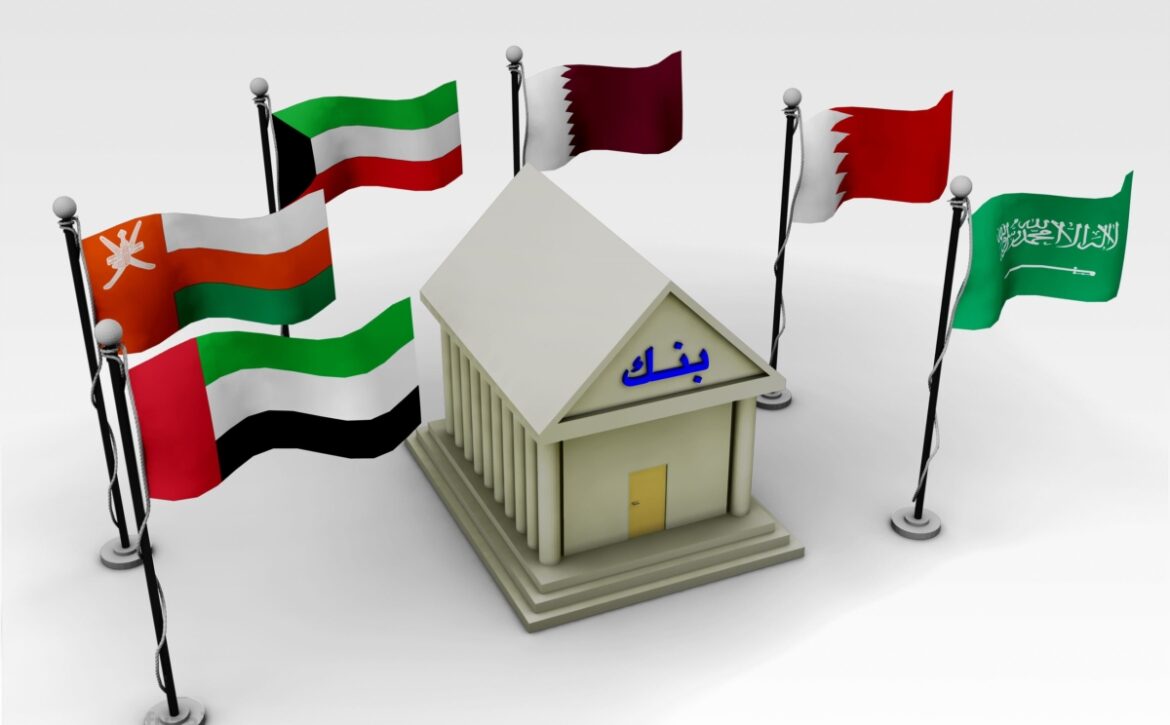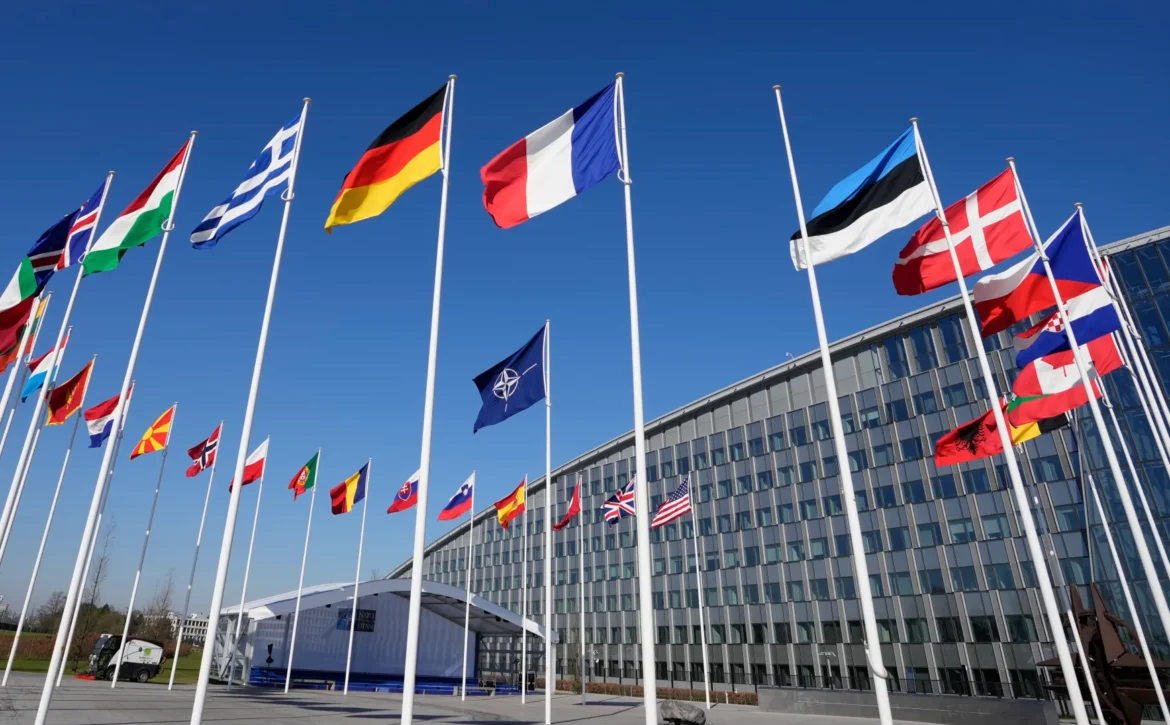Category: Blog
The GCC Single Market and Monetary Union
The Gulf Cooperation Council (GCC) is in the process of two massive steps towards economic integration: the establishment of a single market and the launching of a monetary union. By historical standards, the GCC is late to the game. This presents the GCC with an incredible opportunity to benefit from decades of scholarship.
The intelligence we seek in “smart cities”
[vc_row][vc_column][ultimate_heading main_heading=”The intelligence we seek in “smart cities“” enable_heading_elem=”yes” alignment=”left” heading_elem_color=”#114b73″ margin_design_tab_text=””][/ultimate_heading][vc_empty_space height=”40px”][/vc_column][/vc_row][vc_row][vc_column][vc_column_text]The term “smart cities” began to emerge in the late 1960s, and experts define them as innovative cities that utilize information and communication technology to improve the quality of life and cater to the needs of current and future generations. In 2016, the International Telecommunication Union launched an initiative called “United for Sustainable Smart Cities,” which is one of the United Nations’ initiatives to achieve Sustainable Development Goal 11. This goal aims to make cities and human settlements inclusive, safe, resilient, and sustainable.
Although smart city concepts are now associated with sustainability, the technological advancement accompanying smart city projects is expected to lead to higher energy consumption rates compared to natural rates. This is because they rely on transportation and communication networks and data collection more extensively than usual in cities. Therefore, introducing clean energy projects, optimizing natural resources usage, and embracing circular economy concepts have become essential issues in the development of these cities. Consequently, planning for these cities has become intertwined with various economic, social, environmental, and cultural aspects.
It’s worth mentioning the works of Jane Jacobs, especially her groundbreaking book “The Death and Life of Great American Cities,” in which she addressed many fundamental issues in city building. She criticized urban planning that fails to directly integrate community members in the planning process, stating, “Cities have the capability of providing something for everybody, only because, and only when, they are created by everybody.” Hence, if smart cities can build advanced infrastructure and keep pace with the times, can they also make the lives of their residents better in all aspects of sustainability, especially in terms of social relationships?
What’s the benefit if these cities can create advanced and investment-friendly infrastructure but are unable to make their inhabitants more cohesive and happy? Cities are built for humans, so they should be built to preserve their cultures and foster their relationships with each other. This is not a simple matter, as Jacobs also said, “Man is difficult to live with, and therefore all kinds of cities (except dream cities) suffer from problems.” Therefore, we need to delve into understanding communities if we intend to plan smart cities for them. The intelligence we seek in cities is the one that ensures the prosperity of communities in all different aspects, in a thoughtful and balanced manner.
Note: This article has been automatically translated.
Source: Alwatan News[/vc_column_text][vc_empty_space][/vc_column][/vc_row][vc_row content_placement=”middle”][vc_column width=”1/6″ css=”.vc_custom_1563358866616{padding-right: 20px !important;}”][vc_single_image image=”37836″ alignment=”right” onclick=”custom_link” link=”https://www.derasat.org.bh/ali-faqeeh/”][/vc_column][vc_column width=”5/6″ css=”.vc_custom_1563358821728{padding-right: 20px !important;}”][vc_column_text]
Dr. Abdulla Alabbasi, Director of the Energy and Environment Program
[/vc_column_text][/vc_column][/vc_row]
Quantum Era… and the Winds of Coming Change
[vc_row][vc_column][ultimate_heading main_heading=”Quantum Era… and the Winds of Coming Change” enable_heading_elem=”yes” alignment=”left” heading_elem_color=”#114b73″ margin_design_tab_text=””][/ultimate_heading][vc_empty_space height=”40px”][/vc_column][/vc_row][vc_row][vc_column][vc_column_text]Quantum computers are among the contemporary applications witnessing remarkable progress in recent years, particularly due to the theoretical aspect rooted in what is known as quantum physics. Quantum physics began in 1900 with the German physicist Max Planck, and since then, scientific efforts have continued, significantly altering the shape of traditional physics. It views matter as composed of waves and particles intertwined. Despite its ability to explain many natural phenomena, some mysteries still accompany certain details, leading one of the pioneers of quantum physics, Richard Feynman, to say, ‘Quantum mechanics is the theory that everyone uses and no one understands at all.’
Apart from the scientific principles underlying what is called quantum computing, it currently demonstrates promising capabilities to perform complex calculations at a remarkable speed, in addition to the possibility of being more energy-efficient compared to traditional computers. Recently, the North Atlantic Treaty Organization (NATO) announced its first strategy related to quantum, addressing how to apply this technology in defense and security fields. This underscores the global interest in these promising applications, which are expected to play a pivotal role in transforming various sectors in line with upcoming challenges.
This technology has enabled us to develop advanced algorithms and new methods to create what is known as quantum batteries, one of the most promising applications in energy storage. These computers can also seamlessly integrate renewable energy sources with electrical grids, predicting weather conditions and rapidly adjusting electricity consumption to enhance the stability of power networks and maximize the use of clean energy resources. Additionally, these devices are expected to play a significant role in simulating the properties of different materials and developing their ability to conduct and withstand heat, contributing to the creation of suitable materials for sustainable energy applications.
It is worth noting that despite the progress made in this field, there are still multiple challenges. For example, difficulties in designing devices, especially memory that can efficiently encrypt data, and the sensitivity of quantum computing operations to external effects such as temperature fluctuations. These challenges, among others, do not diminish the importance of this technology, which is evolving rapidly today. It is crucial for our Arab countries to accelerate the development of this technology and integrate it into our national plans towards sustainability, especially in the sectors of energy efficiency and addressing environmental challenges.
Note: This article has been automatically translated.
Source: Alwatan News[/vc_column_text][vc_empty_space][/vc_column][/vc_row][vc_row content_placement=”middle”][vc_column width=”1/6″ css=”.vc_custom_1563358866616{padding-right: 20px !important;}”][vc_single_image image=”37836″ alignment=”right” onclick=”custom_link” link=”https://www.derasat.org.bh/ali-faqeeh/”][/vc_column][vc_column width=”5/6″ css=”.vc_custom_1563358821728{padding-right: 20px !important;}”][vc_column_text]
Dr. Abdulla Alabbasi, Director of the Energy and Environment Program
[/vc_column_text][/vc_column][/vc_row]
Is NATO participating in the Prosperity Alliance?
[vc_row][vc_column][ultimate_heading main_heading=”Is NATO participating in the Prosperity Alliance?” enable_heading_elem=”yes” alignment=”left” heading_elem_color=”#114b73″][/ultimate_heading][vc_empty_space height=”40px”][/vc_column][/vc_row][vc_row][vc_column][vc_column_text]In the midst of the debate surrounding regional and international contributions to the maritime operation declared by the United States to protect maritime navigation in the Bab el Mandeb Strait and the Red Sea, known as the “Guardian of Prosperity” in December 2023, there have been various questions arising from the participation and withdrawal of some countries. These questions revolve around the potential involvement of the NATO alliance in this operation, and they are justified either by the maritime capabilities of the alliance, its regional partnerships, where maritime security has been an area of cooperation, or by examining the alliance’s past experiences in maritime security.
NATO possesses a vast naval force divided into several groups, with its leadership rotating among alliance member countries. Regarding partnerships, as part of the Mediterranean Dialogue initiative launched by NATO in 1994 with seven Mediterranean countries, some NATO ships regularly visit the ports of partner countries. Additionally, the alliance provides advanced courses for naval forces personnel from these countries within its academic institutions. This complements NATO’s efforts in the Mediterranean to protect maritime security, including the Maritime Guardian alliance launched in 2016. This alliance conducts naval patrols in the central Mediterranean, focusing on maritime warnings, counterterrorism, and capacity building. These objectives are pursued by NATO in collaboration with some partners in the Mediterranean Dialogue initiative.
The current operation can be seen as an extension of the Active Endeavour operation initiated by NATO in 2001 as one of eight responses to the September 11 attacks. Active Endeavour aimed to inspect ships in the Mediterranean suspected of carrying terrorists or engaging in smuggling. Additionally, NATO deployed forces under the name “Ocean Shield” in 2009 to participate in international efforts against piracy off the coasts of Somalia and the Horn of Africa.
Does the above imply that NATO will be a party to the Guardian of Prosperity alliance to address maritime security threats in the Bab el Mandeb and the Red Sea? The United States has consistently urged NATO to engage in alliances, with NATO occasionally accepting and sometimes rejecting such invitations. In 2017, NATO Secretary-General Jens Stoltenberg announced NATO’s joining of the international coalition to combat ISIS but clarified that this did not necessarily mean NATO would engage in combat operations. However, attempts to persuade NATO defense ministers to join the maritime security alliance in the Gulf, established by the U.S. in 2019 following attacks on oil tankers, were unsuccessful. Between these instances, U.S.-NATO cooperation was evident during the military intervention in Libya in 2011, where U.S. military efforts in the early days of the intervention were crucial for NATO’s success in toppling the Libyan regime at that time.
And with the importance of the alliance’s experiences in working within coalitions, it does not necessarily mean that the alliance will automatically intervene in crises or become a party to the Prosperity Alliance for five reasons:
Firstly, regardless of the nature of threats, whether they come from the sea or land, the alliance has conditions for intervention in crises outside its territories. These conditions include the necessity of UN resolutions, which the alliance relies on. While these resolutions may not explicitly mention the alliance, they indicate the involvement of regional organizations. Additionally, there is a need for consensus among alliance members that these crises pose a threat to the alliance’s interests.
Secondly, the lessons learned by the alliance are significant. Despite preferring to work within international efforts, previous experiences have an impact on the decision to intervene or not. The debate during the alliance’s intervention off the coast of Somalia in 2009 revolved around the effectiveness of slow-moving alliance ships against fast pirate boats. This debate echoes in the current situation, but with a different context and cost considerations.
Thirdly, part of the alliance’s defense strategy is the policy of deterrence, relied upon in facing threats outside its territories. However, the Bab el Mandeb Strait and the Red Sea directly involve the alliance with the Houthi group and possibly Iran. This may require other regional or international parties’ presence, raising questions about the alliance’s role in addressing these threats. The alliance is keen to maintain partnerships in the region and avoid the military action’s impact on these partnerships.
Fourthly, realizing the nature of threats to maritime navigation as a direct threat to member states and regional partners, the alliance, while addressing these threats, is careful to preserve the partnerships it initiated in the region after the end of the Cold War, such as the Mediterranean Dialogue 1994 and the Istanbul Cooperation Initiative 2004. It avoids affecting these partnerships with military action.
Fifthly, the new strategic concept announced by the alliance in 2022 prioritizes counterterrorism in the Middle East, North Africa, and the Sahel, in contrast to previous concepts that explicitly mentioned threats to energy security and specific ways to address them.
However, the above does not mean that the alliance will be a mere observer of these events for a simple reason: there is no single basis upon which Atlantic intervention can be built or not. Especially if developments in the Bab el Mandeb Strait, a strategic point for regional and global power competition, lead to a worsening situation and require intensive international presence. In this case, the alliance will not be far from it, regardless of the content of Article 5, which some see as limiting NATO’s military operations outside its territory. Some European countries have joint membership in both the European Union and NATO, but they may see their participation in any efforts to protect maritime navigation in the Bab el Mandeb under the NATO umbrella.
Regardless of the alliance’s participation or lack thereof, it is essential to confirm the role of the alliance in the global security system. When asked why the alliance intervenes in crises despite this being the United Nations’ role, the answer was simple: the alliance has an army, unlike the United Nations.
Note: This article has been automatically translated.
Source: Akhbar Alkhaleej[/vc_column_text][vc_empty_space][/vc_column][/vc_row][vc_row content_placement=”middle”][vc_column width=”1/6″ css=”.vc_custom_1563358866616{padding-right: 20px !important;}”][vc_single_image image=”36204″ alignment=”right” onclick=”custom_link” link=”https://www.derasat.org.bh/ali-faqeeh/”][/vc_column][vc_column width=”5/6″ css=”.vc_custom_1563358821728{padding-right: 20px !important;}”][vc_column_text]
Dr. Ashraf Keshk, Senior Research Fellow
[/vc_column_text][/vc_column][/vc_row]








